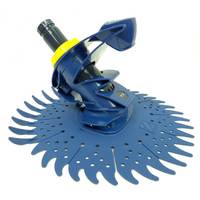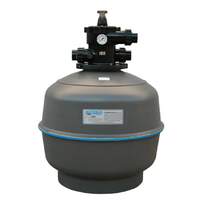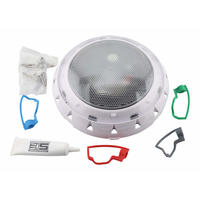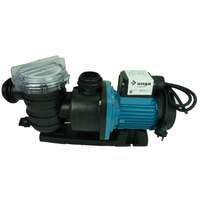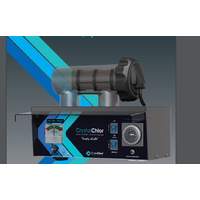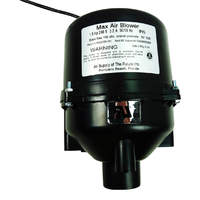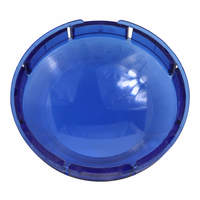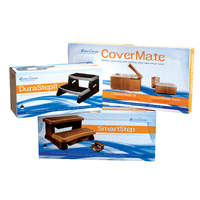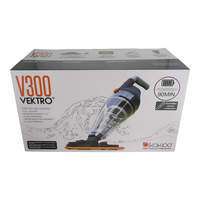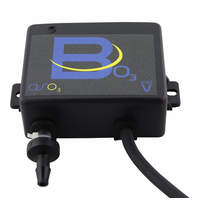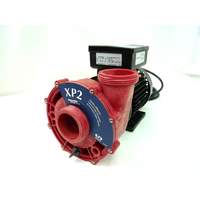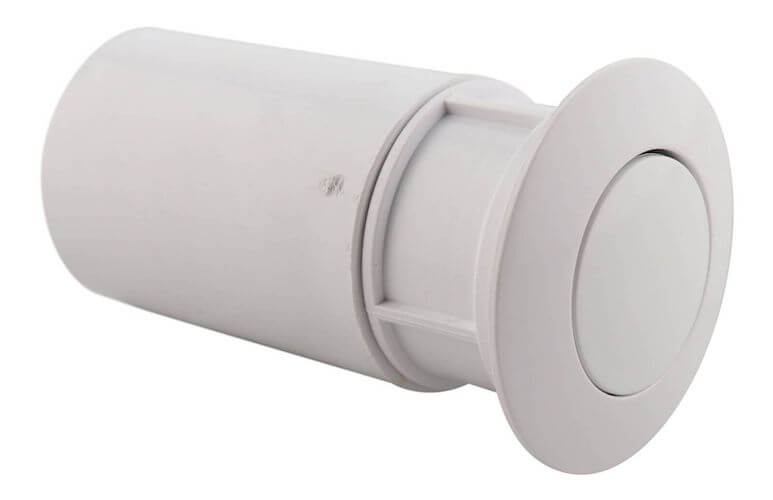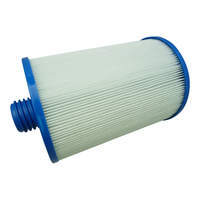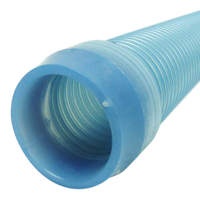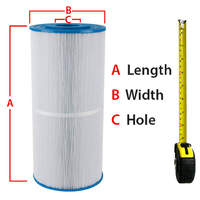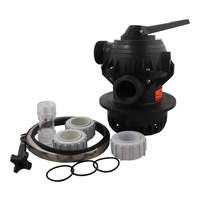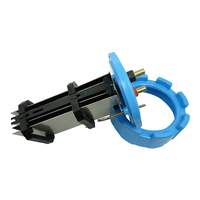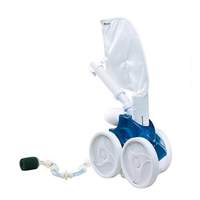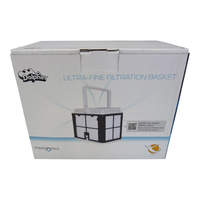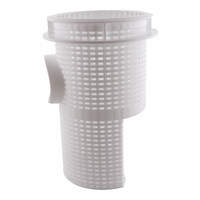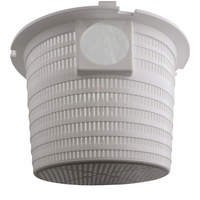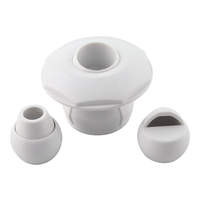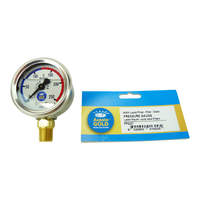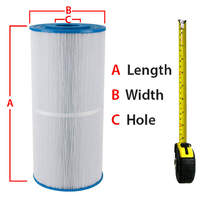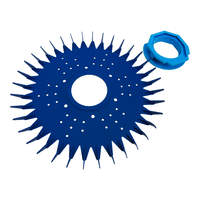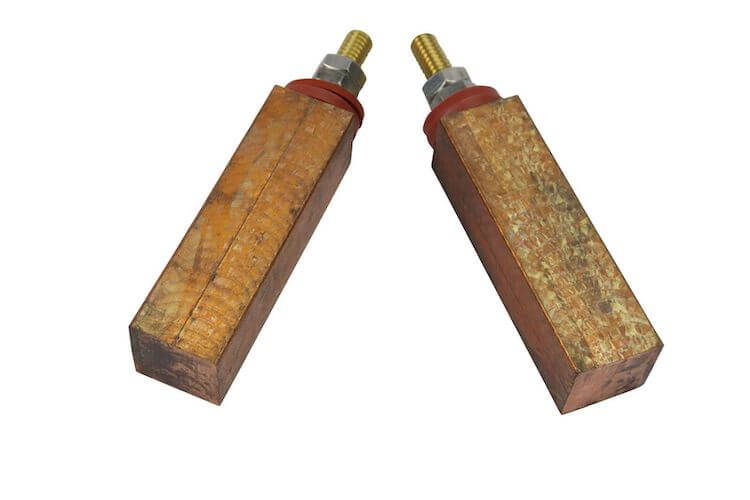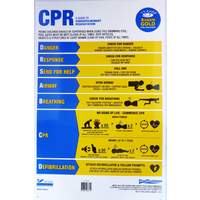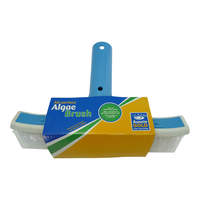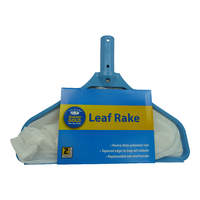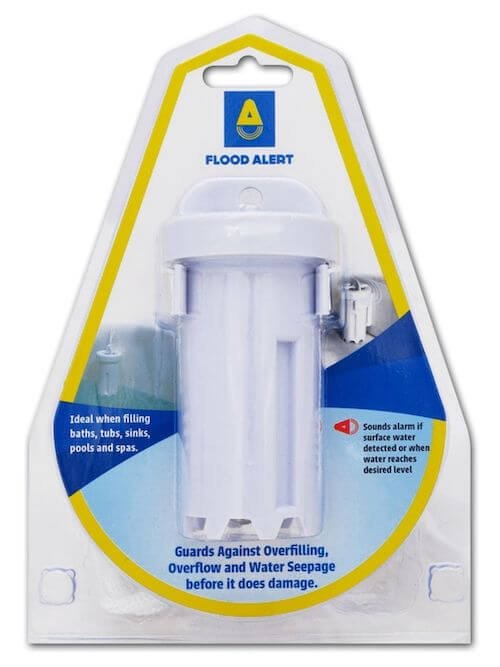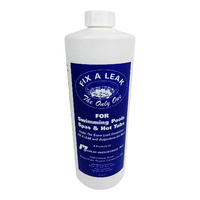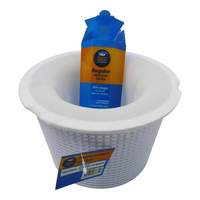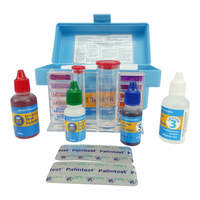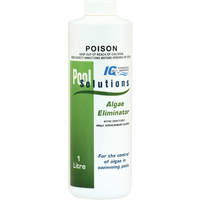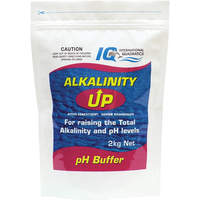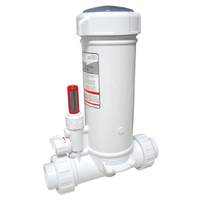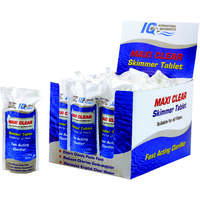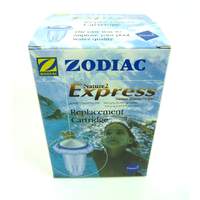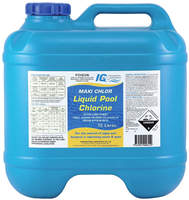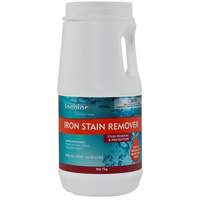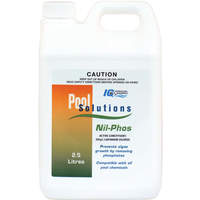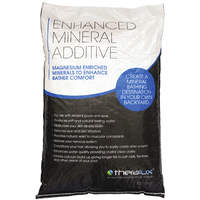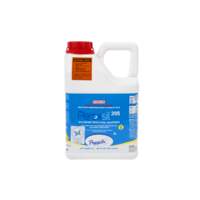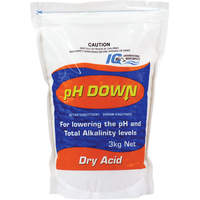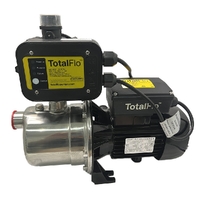Chlorine, Bromine, or Saltwater Pool – Which One Is Best for Me?
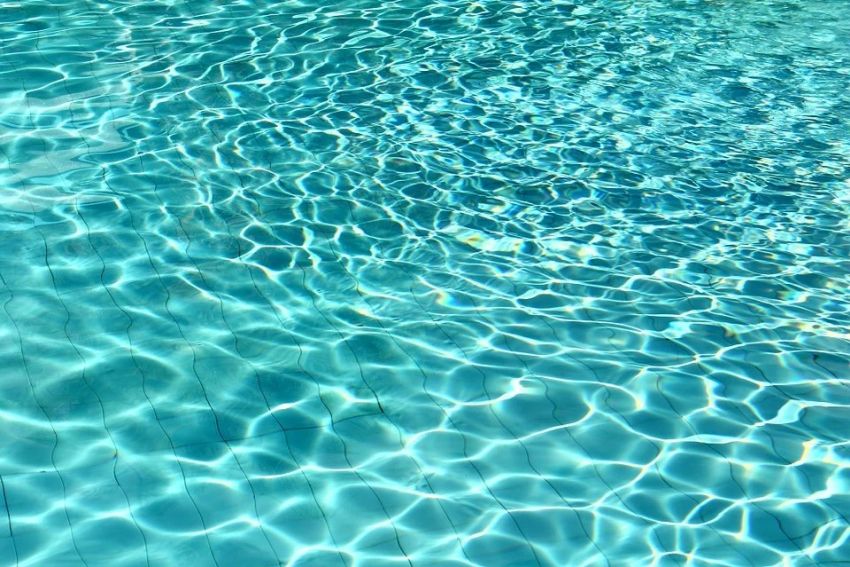
Having a pool is fun, but it’s also a responsibility, as you have to maintain it regularly and make sure it’s always safe to use. Deciding to have a pool is the easiest thing you can do, but once you come to that decision, you need to think about some technicalities.
One of the first things you need to decide is the water system you want to use. The three most popular choices are chlorine, bromine, and saltwater systems. While all of them have their benefits, the one you choose will depend on your needs and preferences.
So what is the difference between these three and how can you decide which one is the perfect choice for you?
Chlorine vs Bromine vs Saltwater pool system cost

The most affordable system of the three is chlorine because it requires minimal investment. If you have a 80,000-litre pool that you use year-round, you will need approximately AUD800 annually to sanitise your pool with chlorine.
Bromine is less affordable than chlorine and a 80,000-litre pool would require you to spend around AUD1,400 annually on pool chemicals. Additionally, you would also need to install a bromine feeder which can cost anywhere from AUD200 to AUD550.
As for saltwater, it’s a cheaper system to maintain while you’re keeping your pool clean, but your initial investment will be much higher. Salt chlorinators can cost AUD7,000 or even more, and they require replacement every three to five years. However, you can also purchase salt chlorinator cells, which are much more affordable and will help you lower your pool expenses.
Pool Water Smell
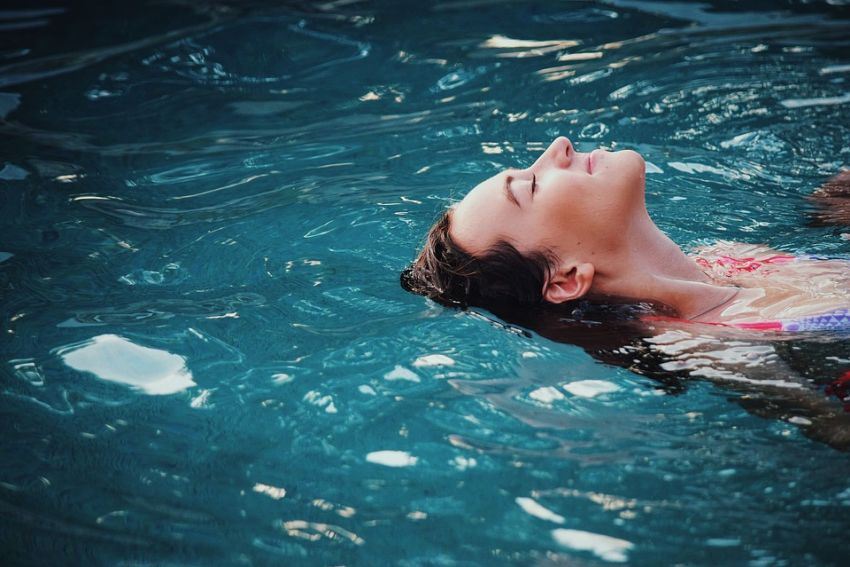
Chlorine has a very distinctive smell, as bleach is one of its main ingredients. Some people find the smell of chlorine unpleasant and off-putting, while others aren’t bothered by the smell at all. However, if you chlorinate your pool properly, the smell will still be there but won’t be too strong.
Unlike chlorine, bromine doesn’t have an unpleasant smell and many people say it doesn’t have any smell at all. While you will certainly be able to smell chlorine in your pool water and your clothes when you emerge from the water, you won’t have that issue with bromine.
Saltwater pools shouldn’t have any detectable odour. If a pool with saltwater does have a chlorine smell, that means there is a chemical imbalance in the water.
Swimming pool health concerns
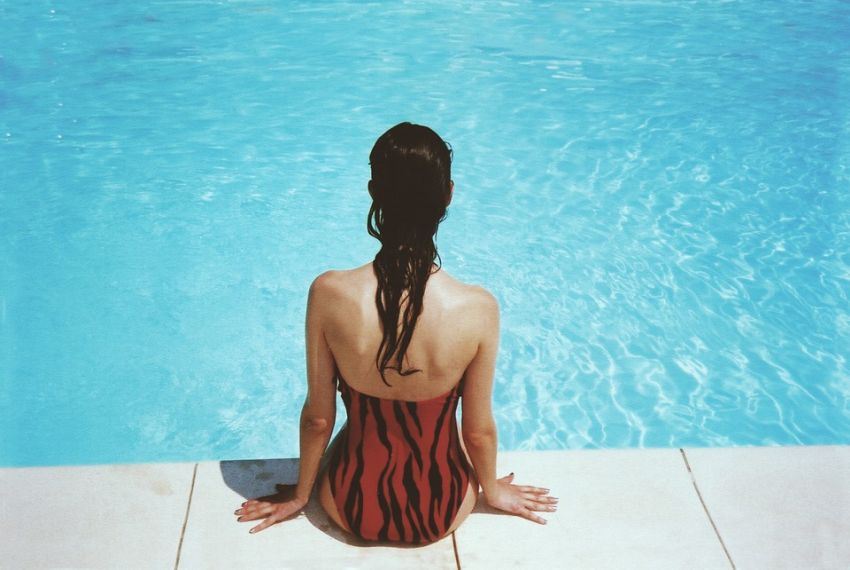
It’s natural to worry about whether or not your pool is safe to swim in, so we’ve decided to break down some of the most common questions people have about how healthy it is to swim in pools.
Red eyes and skin irritation
There is a common misconception that chlorine in pools causes skin and eye issues after long exposure to the pool water for some people. While people with sensitive skin and eyes can have these issues after swimming in pools, chlorine isn’t the culprit.
When swimmers bring body waste such as sweat and urine into pools, it binds with chlorine and forms chemicals called chloramines. This is what causes eye redness, skin irritation, and respiratory tract issues.
That being said, chlorine pools can cause skin and eye irritation, which is an issue that can be solved by using bromine. Bromine is much less harsh and the better choice for people with sensitive skin.
Saltwater pools will also be gentler on a swimmer’s skin than chlorine pools and will leave it much smoother.
Can your pet swim in your pool?
If you have pets such as cats and dogs, you should know that while it is safe for them to swim in a chlorinated pool, under no circumstances should you allow them to drink the pool water. If your pet ingests a lot of chlorinated water, it can cause stomach issues and nausea.
Chlorine may cause irritation for pets similar to the irritation it causes for humans, so bromine is slightly safer for pets, but both are still good options. Just make sure to rinse off your pets with fresh water after they swim in the pool to get rid of any chemicals that stuck to their fur.
When not to get in the pool
Under no circumstances should you swim in any type of pool for at least two weeks after getting a tattoo, otherwise you could get a serious infection. You should treat any tattoo as an open wound and wait for it to heal before going into a body of water, and the same goes for piercings.
What (not) to wear in the pool
Bathing suits are the only thing you should wear in your pool, especially if you have a chlorinated pool. Never wear cotton clothes because as we already mentioned, chlorine has bleach in it, which can weaken your fabric and even turn it green.
Additionally, if you wear cotton and other absorbent materials, your clothes can break down in the water and clog your filter. Therefore, the best choice is to always stick to proper swim attire.
Effective ways to clean and maintain your swimming pool water
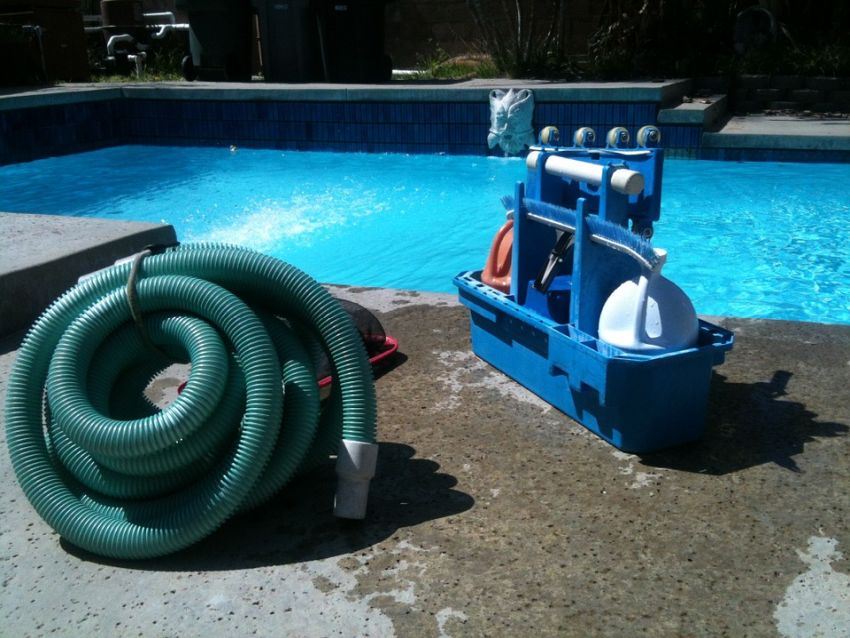
First off, it’s important to discuss which of these methods will keep your pool cleanest and that depends on the type of pool you have.
Chlorine is most effective in temperatures less than 24°C and bromine in temperatures above 24°C. This means that if you want to maintain an outdoor pool clean, chlorine is your best choice, while bromine is best suited for hot tubs.
No matter which method you choose, it’s important to remember that regular cleaning and maintaining can’t be ignored. To ensure your pool water is clean and safe, you need to maintain your pool water weekly.
Here are all the steps you need to take.
Remove all leaves and debris
If you have an outdoor pool and especially if you have trees near your pool, you undoubtedly have a lot of leaves and debris that fall into your pool. You can use a long-handled leaf skimmer to gather up everything that’s floating on the surface of your pool.
It’s important to do this at least once a week because if you wait too long to remove debris, they will sink to the bottom of your pool and it will be much more difficult to remove them.
Skimming the top of your pool takes just a few minutes and not only does it keep your pool looking crystal clear, but it also prevents debris from getting to your filtration system and clogging it up.
Brush pool walls and vacuum it
Your pool walls as well as pool fixtures such as ladders and slides can collect a lot of algae and small bits of debris. Use a brush on these surfaces to remove any dirt that has collected towards the main drain so you can vacuum it up easily later. This will prevent the spread of algae.
Once you’ve done that, you’re ready to vacuum your pool. While some people hire a professional for this task, it’s easy to learn how to vacuum a pool manually by yourself.
Maintain your pool pump and filter
If possible, you should leave your pool pump running 24 hours a day to achieve the best filtration results, but if your equipment and budget don’t allow that, run it at least 8 hours every day. After all, the best way to keep your pool water clean is through constant circulation.
You should backwash your filter no less than once a month, but you might need to do it more often if your pool collects too much debris. Backwashing will help you remove all the built-up dirt that would clog your pipes if the filter basket wasn’t cleaned properly.
Know your pool chemistry
Last but certainly not least, we need to talk about pool chemistry. Don’t be fooled by the name, as pool chemistry is actually very simple. But unless you stay on top of it, your pool water could get really dangerous.
Luckily, all you need is a good water testing kit. Once a week, you should test out your tool water with a kit following all manufacturer directions. Based on the results, you will be able to adjust the chemicals and ensure your pool is always clean and safe for use.
High-quality testing kits will allow you to test your pool's pH and chlorine/bromine levels, presence of bacteria and lead, and much more. However, there are three main things you need to test out:
- pH levels. The 0-14 pH scale will determine how basic or acidic your water is. Low pH between 0 and 7 is acidic, which means the water isn’t safe to swim in. Ideally, your water should have a pH level between 7.2 and 7.8.
- Alkalinity. This is a pH buffer that helps you prevent spikes in basicity and acidity. The alkalinity should be in the range of 80-120 ppm.
- Sanitiser. No matter if you’re using chlorine, bromine, or have a saltwater pool, bacteria and other microorganisms will gather. You can kill them easily with a sanitiser.
Final thoughts
Before you decide to build your own pool for you and your family to enjoy, you need to think about what solution would suit you best: chlorine, bromine, or saltwater. As you could read, there is no one right answer and it all depends on your situation and preferences.

